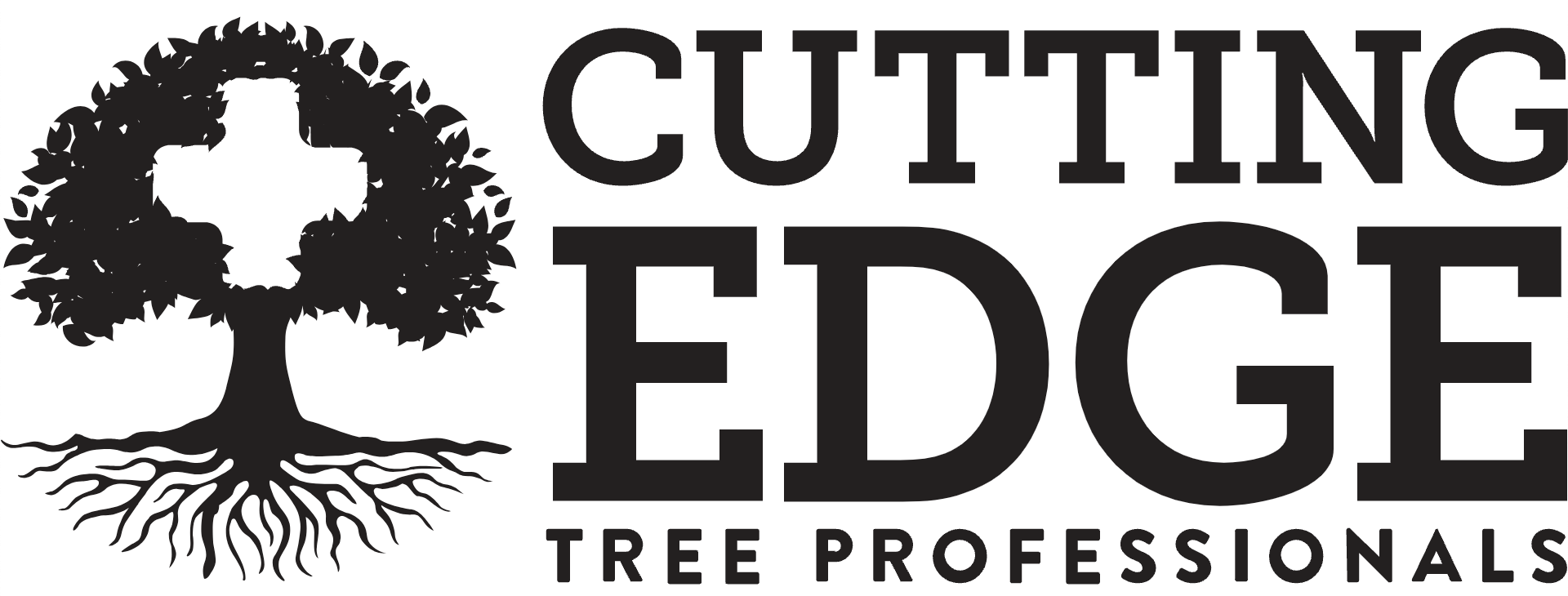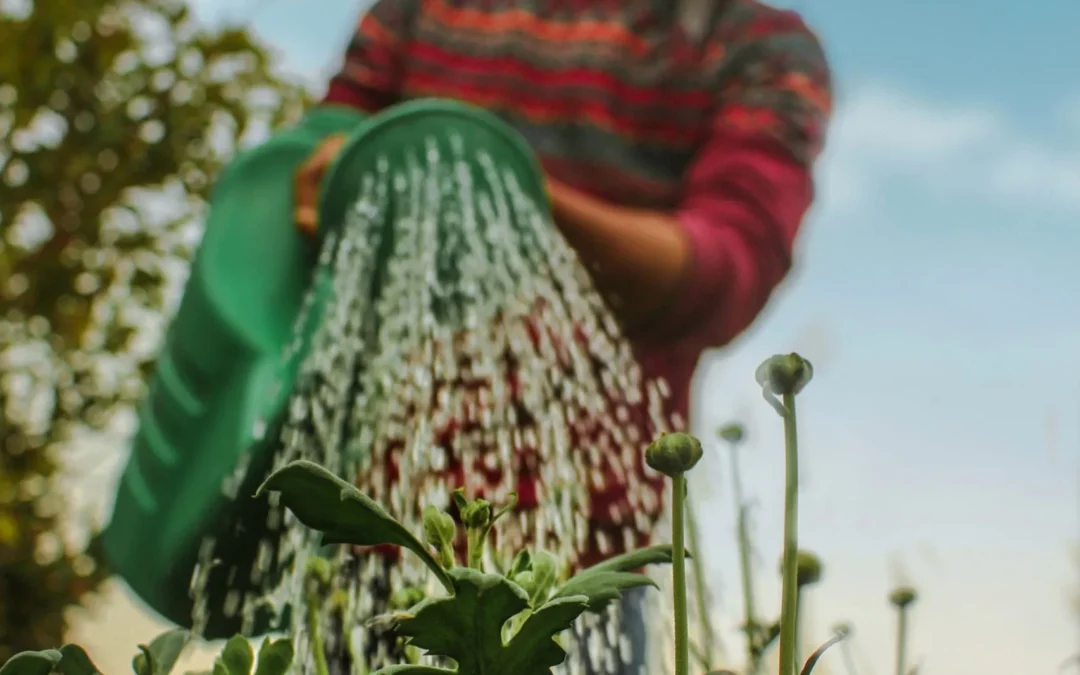Summer heat, longer days, more sunlight, coupled with rain and storms—summertime we may want and need to take watering our plants and trees into our own hands. After all, we know plants and trees need properly maintained soil nutrients with water to grow healthy and strong. But what happens when plants are watered incorrectly? How much water is too much? What’s the best way to water your plants? We’re going to take a look at all of these questions in this post.
Over-saturated Soil
Over-saturated soil can cause problems for plants and trees when they are watered too frequently. Water can take up the space of air in the soil if the water is not properly drained. This means that plants can’t get enough oxygen at the roots, causing a “drowning effect.” Too much water for too long can lead to long term problems.
If you have wilted plants, check to see if it’s because you are over-watering. Not all wilting is because of dryness with plants. Some wilting is caused by this process of too much water at the roots. And this can even lead to some plant diseases that thrive in consistently moist environments.
How to avoid over-saturated soil? Take a soil sample. The soil should be moist (but not wet) about 6 to 12 inches deep. Plants with the right soil consistency only need about 1 inch of water per week.
Under-saturated Soil
Under-saturated soil is when the water stays at the surface of the soil and doesn’t go deep. This is caused by watering frequently, but for not long amounts of time. Under-saturated soil can be problematic in that root systems will then stay at the surface of the soil, rather than grow deep. Like over-saturated soil, take a soil sample. If water isn’t getting at least six inches through the surface of the soil, then you know you need to water in that area for longer amounts of time. It’s best to water your plants and trees infrequently, but soaking them well enough that the water goes deep to the roots rather than staying at a shallow, surface level.
Avoiding Water Evaporation and Disease
Research shows that many trees and plants shouldn’t be watered with sprinkler systems. Sprinklers tend to water the surfaces of plants, such as leaves and stalks without reaching the deeper root systems. Promote Plant Health, an article by Penn Sate Extension says, “Watering with an overhead sprinkler is not recommended for some plants because it wets the leaves, providing a favorable environment for plant disease organisms, and also wastes water through evaporation.” It’s better to use a hose and water plants once a week for longer amounts of time. This will allow the water to both reach the soil and go deep.
Water is vital for maintaining healthy plants and trees. Temperature, rainfall, and types of soil can all play a factor in how much water your plants and trees see. Practice checking the soil around your plants and trees regularly and avoid over-saturating or under-saturating the soil. You’ll be on your way to healthy plants this summer.
Be sure to contact Cutting Edge Tree Professionals with any of your questions using our contact form on our website, or call us at 814-201-9757. We’re here to assist with your tree and plant care concerns.
Sources:

